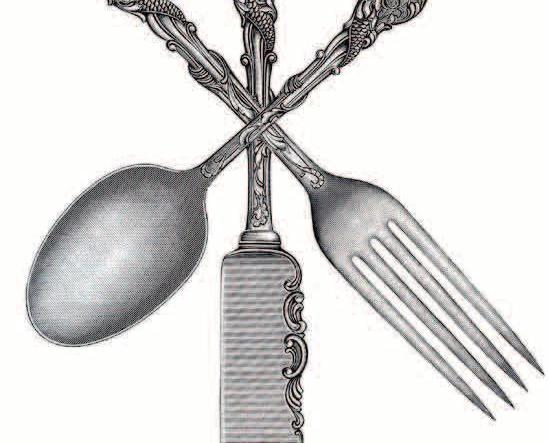In The Field with Randy Wheat Fertilization
Randy Chlapecka is an agronomist with Farmers Supply Association. He is retired from the University of Arkansas Division of Agriculture - Cooperative Extension Service where he served as a County Extension Agent for over 32 years. He is an avid ASU Red Wolves fan and has announced Newport Greyhound sporting events since 1996. He also enjoys vegetable gardening.
February is here and that means crop season is almost here. The first item of field business is going to be wheat fertilization. We don’t have a huge wheat acreage overall in our area but there are several producers who have significant acreages, and for them it’s a major crop. Nitrogen applications for wheat are normally divided into at least 2 applications with the first coming in February. Several factors can affect the timing of that first application, but one of the main factors should be how well the crop is developed. For wheat that was planted early and has tillered well, the application can be delayed until mid to lateFebruary. For wheat that was planted late and hasn’t tillered as well, that first application should be moved up to early to mid-February. The second application should be applied 3 to 4 weeks later and typically no later than beginning joint movement (internode elongation). The recommended rate is around 120 units per acre with 50-60 percent of that total in the first application and 40-50 percent of the total in the second application. You may adjust that rate up or down a little based on experience on your particular farm. It is best that standing water is mostly gone from the field before application, but it is not critical that the field be white dry as with rice since the temperatures are lower at this time and there is less risk for nitrogen loss. Agrotain is typically not critical at this time because of those lower temperatures, but in abnormally warm and wet conditions there may be benefit from using Agrotain-treated urea. Sulfur is needed on sandy and sandy loam soils. The University of Arkansas recommends 20 units of sulfur with the first nitrogen application. This is normally adequate,
but on the sandier soils like we have in the Tuckerman area, especially in wetter springs, it is often not enough and we can see sulfur deficiency symptoms show up before the crop is made. On these sandier soils I often recommend that sulfur be added in with both of the nitrogen applications. On
Kallsnick, Inc. A Hiland Dairy Distributor 423 Lawrence Street, Batesville, AR (870) 793-3924
Serving Batesville and the surrounding area for over 48 years Dairy Products, Deli Meat, Frozen Foods, Fresh Produce Paper Products, Concession Items . . .and More Walk-Ins Always Welcome Open Mon.-Fri. 8-5 and Sat. 8- 1
Family owned and operated Scott Kallsnick , Vickie Kallsnick Moser, Joan Kallsnick these fields, I typically recommend 75 pounds of ammonium sulfate mixed in with the urea with both of the applications. Occasionally phosphorus may be needed in the spring, especially if recommended phosphorus was not applied preplant. If you failed to apply recommended phosphorus in the fall or you are seeing a purpling of the wheat often associated with phosphorus deficiency, consider applying 100 pounds of DAP (18-46-0). This could be applied alone or mixed with one of the normal nitrogen applications. For more information, feel free to contact me through Farmers Supply Association by cell at 870-318-0739, my e-mail is randychlapecka@gmail.com. N
Never Miss an Issue! Eye On Magazine is available online at
www.EyeOnMag.com Current and Past Issues from Eye On Independence Eye On Jackson and Eye On Magazine
26 Bald Knob . Batesville . Bradford . Cave City . Melbourne . Mnt. View . Newport . Newark . Southside . Sulphur Rock . Swifton . Sidney . Tuckerman






